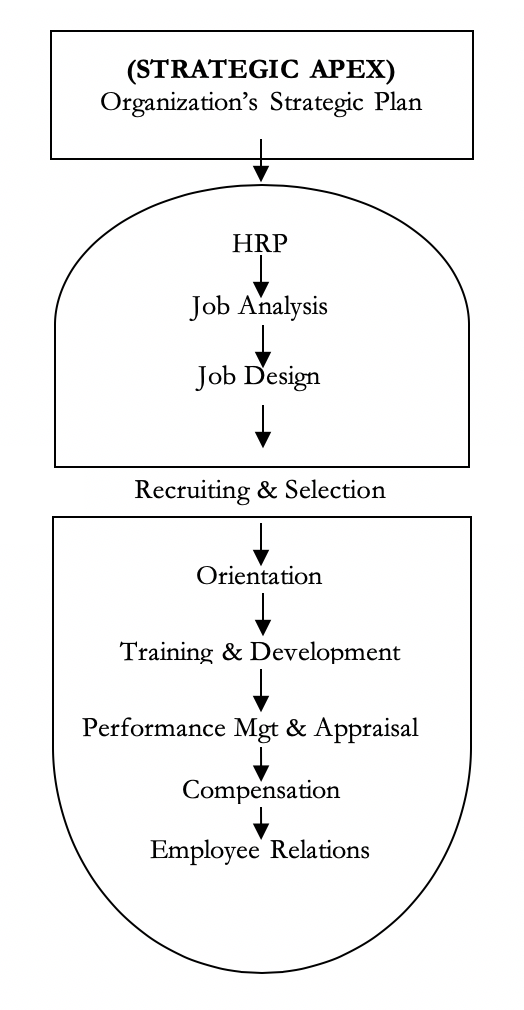Welcome to another week of Transformation Leadership Series (TLS). Last week, we discussed vision and its etymology and the connection of the original word, that is, to seeing in the supernatural—hence the interest of the corporate world in yogis, spirit guides, and other such gurus.
What is a Vision?
As per an article in the Global Journal of Management and Business Research titled, The Role of Strategic Vision Process in Business Development in Nigeria authored by Dr. Ilesanmi O. A., a vision is “a shared mental framework that gives form to the future of an organization…A vision is simply a picture of what the company would like to become. A vision is a mental picture of a now and better world that the manager wishes to create. A vision is a mental image, in that it is something that the manager carries around in the head to bring about the desired changes in the society. Vision specifies a destination and not a route. The vision of the organization refers to the broad category of long term intentions that the organization wishes to pursue. It is broad, all inclusive, and futuristic. Vision is a general statement of intended direction that evokes emotional feelings in venture member. Vision is clear perception especially of future developments.”[1] This is one of the most in-depth definitions of vision I have encountered in literature. In effect, without a long-term vision there cannot be a strategic intent or direction. Today let us consider 20 important reasons why each organization, family or individual needs a vision for every endeavor in life.
20 IMPORTANT REASONS WHY VISION IS NEEDED
To explain the benefits of a corporate vision, we will make use of the human resource management sandwich below. The first thing to note from the sandwich is that vision is usually birthed at the strategic apex either from the founder or CEO. The vision birthed informs everything else that follows in the organization. Please note that even though the example used in the sandwich and ensuing explanations deal with the corporate world, they can be adapted to others organizations such as families, NGOs as well as whole nations. Arguably one of the challenges in the developing world is that there are many nations who do not have a national vision.
First benefit of a well-defined vision is it shapes the organization’s strategic plan.
Secondly it also shapes the human resource plan. The vision determines the type of human resource, skills, knowledge and abilities requisite to fulfil specific tasks and duties which will result in the ultimate fulfilment of that vision.
Thirdly, the vision informs the job analysis. “Job analysis (also known as work analysis) is a family of procedures to identify the content of a job in terms of activities involved and attributes or job requirements needed to perform the activities. Job analysis provides information of organizations which helps to determine which employees are best fit for specific jobs. Through job analysis, the analyst needs to understand what the important tasks of the job are, how they are carried out, and the necessary human qualities needed to complete the job successfully.”[2]
Third, the vision informs the job design, that is, “...specification of the contents, methods, and relationships of jobs in order to satisfy technological and organizational requirements as well as the social and personal requirements of the job holder” (Buchanan, 1979)”[3]
The following are the four spans of job design:[4]
- What resources do I control to accomplish my tasks?
- What measures will be used to evaluate my performance?
- Who do I need to interact with and influence to achieve my goals?
- How much support can I expect when I reach out to others for help?
Job design and all the above points are guided by the vison.
Fourth, vision guides recruiting and selection. It guides the types of people you hire and promote.
Fifth, orientation for newly recruited folk is guided by the vision. The vision must inspire all team members.
Sixth, when training newly hired staff or those being prepared for higher office, the vision is a key training and development tool.
Performance management and or appraisal should also be done in line with how well a job/role has performed in the attainment of the vision as analysed and designed. This is the seventh important reason for a vision.
Eighth, vision informs compensation monetarily and otherwise. Those whose job contribute most to the attainment of the vision get the higher compensations. A CEO will get a better compensation as compared to an air-conditioned repairman in a policy think tank organization. But in an air-condition company, an air-condition engineer may earn more than a policy analyst.
Ninth, vision informs how employees must relate to each other. It informs the organizational culture.
Tenth, vision gives staff strategic direction. Put in another way, vision provides direction and helps the organization prepare for the future. It shows employers where they are headed in the future. It gives them coordinates to work (walk/drive) towards.
Eleventh, it gives those who buy into it, purpose. It gives team members purpose and a source of inspiration. Purpose aids in honing/sharpening focus. Staff may have drive but the drive needs focus and determination. Purpose also helps make team members resolute. It harnesses and focuses resolve, persistence, perseverance, tenacity, single-mindedness, and commitment.
Twelfth, a clear vision statement acts as a unifying force, and has a positive impact on organizational effectiveness. This eliminates di-vision. Uni-vision (unity of vision) is key to organizational effectiveness.
Thirteenth, a clear vision statement serves as a guide for employee conduct (behavior). Codes of conduct and ethics must emanate from the overarching vision.
Fourteenth, a clear vision provides guidance for decision-making. It does not only show employees how to behave but gives them boundaries within which they can make decisions that will lead to the realization of the vision.
Fifteenth, vision acts as a guide for actions. It defines what an organization and its staff will do and what they will not do.
Sixteenth, vision helps set priorities and guides planning.
Seventeenth, vision aligns people and activities across the organization.
Eighteenth, vision reflects an organization’s core values and beliefs.
Nineteenth, vision empowers people and helps focus their efforts.
Finally, the twentieth reason why vision is important is it engenders change and hope for the future.
As we can see, a vision is critical to the effectiveness of an organization, family or nation. The good book says, without a vision, the people perish. It is impossible to undertake a meaningful journey if you do not have a vision of the destination in mind. To do this is to travel blind and this is not wise. Visions are not only for corporate entities. They are just as important for families, couples, nations etc. Every head of family or nation must not start work until they know where they are driving the family or nation towards. Vision should be what informs the constitution of cabinet ministers, not just party-political considerations. Vision can be argued to be the lifeblood of an organization.
For instance, consider the following statement:
Matthew 6:22-23 (AMPC)
22 The eye is the lamp of the body. So if your eye is sound, your entire body will be full of light.
23 But if your eye is unsound, your whole body will be full of darkness. If then the very light in you [your conscience] is darkened, how dense is that darkness!
Light is vital to the sustenance of life on earth. If we take an organization to be the human body, the vision is what the eyes in the head see. The eyes are found in the head (CEO or Founder). The quality of vision determines the health, illumination, enlightenment, and vitality in an organization. What a leader sees determines how s/he will lead. It also determines how much s/he can attain.
[1] Global Journal of Management and Business Research; Volume 11 Issue 9 Version 1.0 September 2011
Type: Double Blind Peer Reviewed International Research Journal. Publisher: Global Journals Inc. (USA); Online ISSN: 2249-4588 & Print ISSN: 0975-5853
[2] https://en.wikipedia.org/wiki/Job_analysis
[3] https://www.cedu.niu.edu/~bailey/ftf564/jobdes.pdf
[4] https://hbr.org/2005/07/designing-high-performance-jobs





